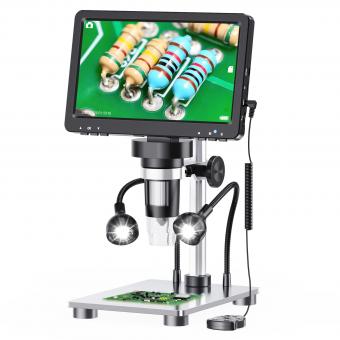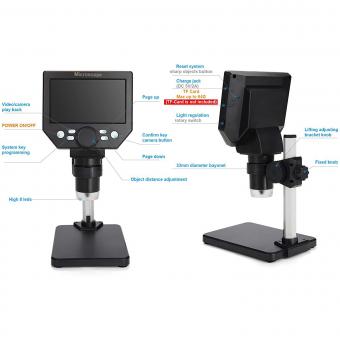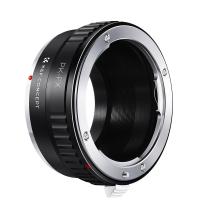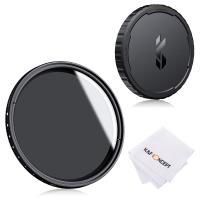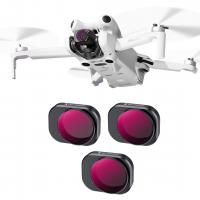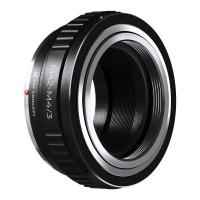What Does Yeast Infection Look Like Under Microscope ?
Under a microscope, yeast infections typically appear as oval-shaped cells called yeast cells. These cells are usually round or oval in shape and can vary in size. They may appear as single cells or form clusters or chains. Yeast cells have a distinct cell wall and a clear cytoplasm. In some cases, budding, which is the formation of small outgrowths or daughter cells, may be observed. The presence of yeast cells under a microscope, along with clinical symptoms, can help in diagnosing a yeast infection. However, it is important to consult a healthcare professional for an accurate diagnosis and appropriate treatment.
1、 Candida albicans morphology under a microscope
Candida albicans is a type of yeast that commonly causes yeast infections in humans. When observed under a microscope, Candida albicans exhibits distinct morphological characteristics.
Under a light microscope, Candida albicans appears as oval-shaped yeast cells. These cells typically range in size from 4 to 6 micrometers in diameter. They have a smooth and glossy appearance, and their cell walls are often difficult to distinguish. Candida albicans can also form elongated structures called pseudohyphae, which are chains of yeast cells attached end-to-end. These pseudohyphae can be seen branching out and intertwining with each other.
When observed under a higher magnification or with a scanning electron microscope, the surface of Candida albicans cells may reveal small bud scars. These scars are remnants of the budding process, which is how yeast cells reproduce. The bud scars appear as small circular marks on the surface of the yeast cells.
It is important to note that the appearance of Candida albicans under a microscope can vary depending on the growth conditions and the stage of the infection. Additionally, other species of Candida, such as Candida glabrata or Candida tropicalis, may have slightly different morphological characteristics.
It is worth mentioning that the latest research in this field has focused on developing more accurate and rapid diagnostic methods for yeast infections. These methods include molecular techniques that can detect the presence of Candida albicans DNA or specific antigens. These advancements aim to improve the accuracy and efficiency of diagnosing yeast infections, especially in cases where the symptoms are not easily identifiable.

2、 Cellular characteristics of yeast infection
A yeast infection, also known as candidiasis, is caused by an overgrowth of the fungus Candida. When examining a yeast infection under a microscope, several cellular characteristics can be observed.
Firstly, Candida cells are typically oval or round in shape and are unicellular organisms. They are relatively small, with an average size ranging from 3 to 20 micrometers. The cells have a thick, rigid cell wall that provides structural support and protection.
Under higher magnification, the cellular characteristics of Candida become more apparent. The cell wall appears as a distinct outer layer surrounding the cell. Inside the cell wall, a thin plasma membrane can be observed, which separates the cytoplasm from the external environment.
Within the cytoplasm, various organelles can be seen, including a prominent nucleus. The nucleus contains the genetic material of the yeast cell, which is organized into chromosomes. Additionally, other organelles such as mitochondria, endoplasmic reticulum, and Golgi apparatus may be visible, although they are less distinct compared to the nucleus.
In some cases, pseudohyphae or true hyphae may be observed. These are elongated filamentous structures that can be seen extending from the yeast cells. The presence of hyphae indicates a more invasive form of the infection, as the fungus is able to penetrate and invade surrounding tissues.
It is important to note that the cellular characteristics of a yeast infection may vary depending on the specific species of Candida involved and the stage of the infection. Additionally, advancements in microscopy techniques and staining methods may provide more detailed insights into the cellular characteristics of yeast infections.
In conclusion, when examining a yeast infection under a microscope, one can observe oval or round Candida cells with a thick cell wall, a distinct nucleus, and various organelles within the cytoplasm. The presence of pseudohyphae or true hyphae may also be observed in more invasive infections. However, it is essential to consult a healthcare professional for an accurate diagnosis and appropriate treatment.

3、 Microscopic appearance of yeast infection in vaginal samples
A yeast infection, also known as candidiasis, is a common fungal infection that can affect various parts of the body, including the vagina. When examining vaginal samples under a microscope, certain characteristics can help identify the presence of a yeast infection.
Under a microscope, yeast cells appear as oval or round-shaped structures with a thick cell wall. They typically measure between 5 and 10 micrometers in diameter. Yeast cells can be seen as individual cells or in clusters, forming chains or pseudohyphae (elongated cells connected end-to-end). These pseudohyphae are an important diagnostic feature of yeast infections.
In addition to the yeast cells themselves, other findings may be observed. These include the presence of inflammatory cells, such as neutrophils, which are the body's immune response to the infection. The presence of these cells indicates an active infection and can help confirm the diagnosis.
It is important to note that microscopic examination alone may not be sufficient to diagnose a yeast infection definitively. Clinical symptoms, such as itching, burning, and abnormal discharge, should also be considered. Additionally, laboratory tests, such as a KOH (potassium hydroxide) preparation or a culture, may be performed to confirm the presence of yeast and rule out other possible causes of infection.
It is worth mentioning that advancements in technology have led to the development of more accurate and rapid diagnostic methods for yeast infections. For example, molecular techniques, such as polymerase chain reaction (PCR), can detect the genetic material of yeast cells, providing a more sensitive and specific diagnosis.
In conclusion, under a microscope, yeast infections in vaginal samples appear as oval or round-shaped yeast cells, often forming chains or pseudohyphae. The presence of inflammatory cells, such as neutrophils, further supports the diagnosis. However, microscopic examination should be complemented by clinical symptoms and, if necessary, additional laboratory tests for a definitive diagnosis.

4、 Visual features of yeast infection under high magnification
Under a microscope, a yeast infection typically appears as a cluster of oval-shaped cells known as yeast cells. These cells are usually round or ellipsoid and can vary in size, ranging from 3 to 30 micrometers in diameter. They have a distinct cell wall that can be observed under high magnification.
Yeast cells are single-celled organisms that reproduce by budding, where a smaller daughter cell forms on the surface of the larger mother cell. This budding process can be seen under the microscope as small protrusions or outgrowths on the surface of the yeast cells.
In addition to the yeast cells, other visual features of a yeast infection may include the presence of pseudohyphae. Pseudohyphae are chains of elongated yeast cells that are connected end-to-end. These chains can be observed as a series of connected oval-shaped cells, resembling a string of beads.
It is important to note that the visual features of a yeast infection under a microscope may vary depending on the specific type of yeast causing the infection. Candida albicans is the most common type of yeast associated with infections in humans, but other species such as Candida glabrata or Candida tropicalis may also be observed.
It is worth mentioning that the latest point of view in the field of yeast infections is the use of molecular techniques, such as polymerase chain reaction (PCR), to identify and differentiate between different species of yeast. These techniques provide a more accurate and rapid diagnosis, allowing for targeted treatment strategies.













